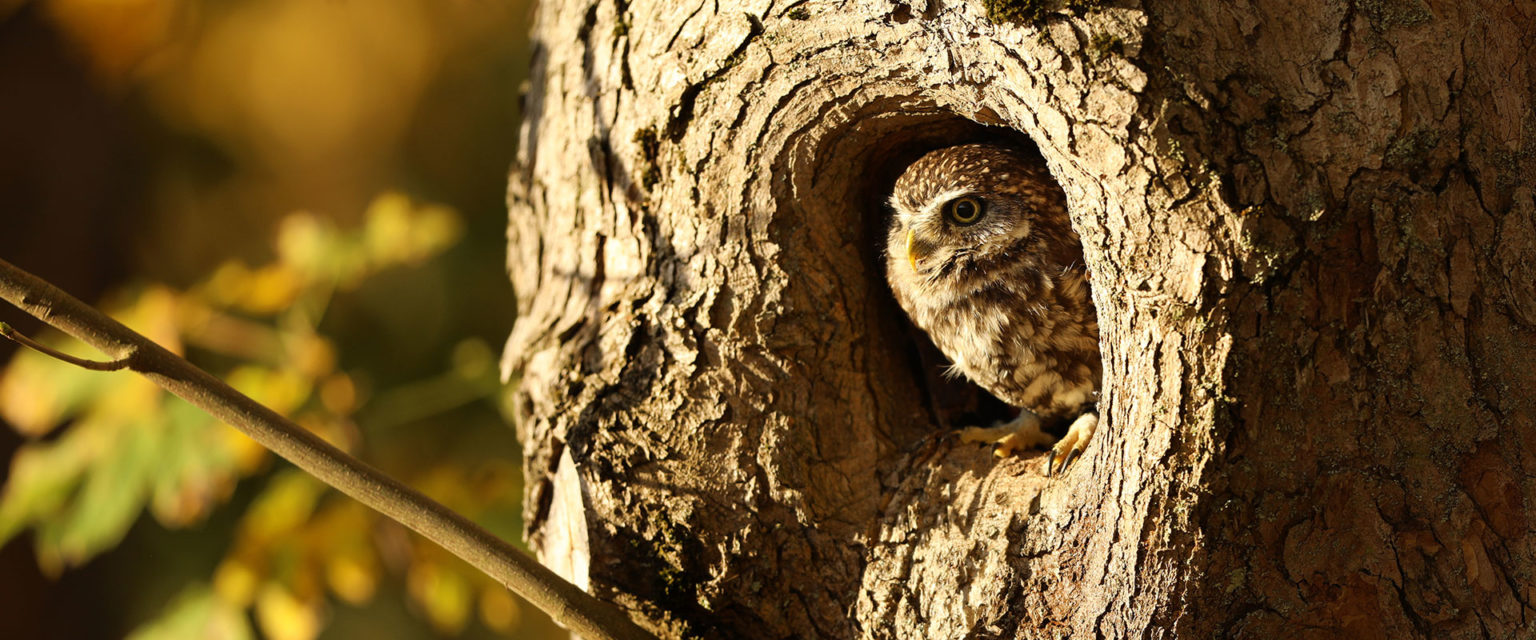- Polenergia Group
- Environment
- Society
- Management

The administrative procedure for issuing the decision on environmental conditions for Sulechów I, Sulechów II and Sulechów III was conducted by the competent authorities, i.e. the Mayor of Sulechów. In the course of the administrative procedure, the State Sanitary Inspector, the National Water Management Holding Polish Waters and the Regional Directorate for Environmental Protection (RDOŚ) in Gorzów Wielkopolski were consulted.
It was determined that there was no need to carry out environmental impact assessment for the planned Project.
The procedure ended with the issuance of a decision on environmental conditions (document ref. No. GKR.6220.9.2019.MG issued on 28 November 2018) permitting the construction and installation of ten photovoltaic farms with a capacity of up to 1 MW each, including the necessary technical infrastructure and staging.
The Company will construct nine photovoltaic farms in accordance with the received building permits. Construction works are scheduled to start in July/August 2021.
For technological reasons (spacing between rows, access roads), the structures made up of photovoltaic panels occupy only a half of over 50 hectares of the photovoltaic farm area in Sulechów. Therefore, Polenergia has decided to return the undeveloped land to nature and to create wildflower meadows and grazing meadows on the farms to support insect pollinators.
This will help to increase the biodiversity of the monoculture farming areas surrounding the Project, and beautiful colourful flowers will bloom on the farm throughout the growing season.
At the beginning of 2020, Polenergia set up a photovoltaic apiary consisting of 10 hives in Sulechów. The apiary is under the constant care of a beekeeper who is familiar with the local beekeeping conditions.
However, our focus is not only on the honey bee and apiculture, but also on other insect pollinators. In order to provide places for solitary bees to thrive, special houses made of wood, straw and clay have been placed in the area of the photovoltaic farms. This will provide perfect conditions for the development of wild pollinators that are so important for the environment.
During the construction of the farm, we collected stones and used them to build special cairns. Mixed with reeds and branches, they will provide an excellent place for bumblebees to thrive. 70% of hymenopterans hatch in the ground.
Szanowny użytkowniku, w zgodzie z założeniami RODO potrzebujemy Twojej zgody na przetwarzanie danych osobowych w tym zawartych w plikach cookies. Dowiedz się więcej.
The cookie settings on this website are set to "allow cookies" to give you the best browsing experience possible. If you continue to use this website without changing your cookie settings or you click "Accept" below then you are consenting to this.